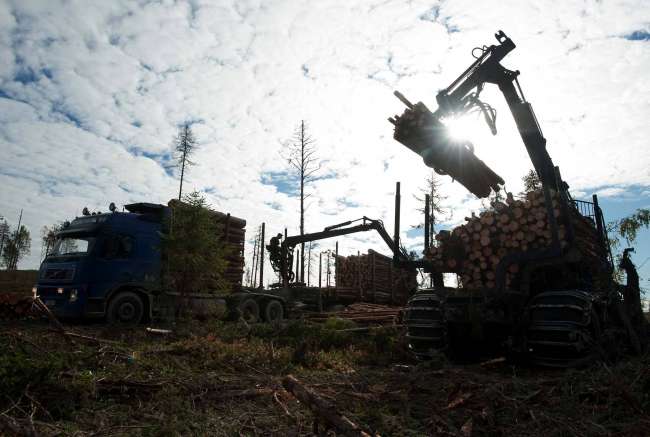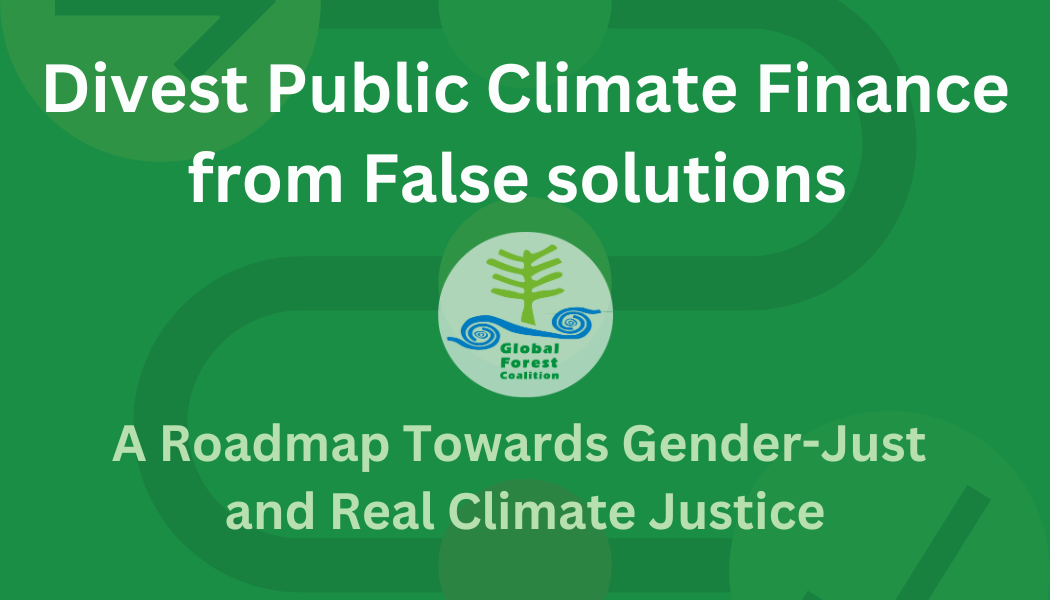New report by Swedish Society for Nature Conservation: Credibility at Stake – How FSC Sweden Fails to Safeguard Forest Biodiversity
Foreword:
Sweden’s environmental policy is based on sixteen environmental quality objectives adopted by the Swedish Parliament in 1999. The objectives and its precisions are very ambitious in regards to the conservation of biodiversity, not least in the forest. Despite these objectives, the Swedish forestland is in a final stage of a comprehensive and radical transformation from more or less intact or extensive cultivated forests with high biodiversity values to production forests with no, or very small, potential for biodiversity. Thousands of forest-living species are included in the national Red List of species.
Also, 75 per cent of the populations of the red- listed forest=living species are decreasing, which is a consequence of the landscape transformation – from forests that have never been clear-felled to monocultures1. The transformation is ongoing, as clear-fellings of natural forests still take place on a large scale. This implies that the state of forest biodiversity will deteriorate2 because the loss of habitat of species has not been halted.
The first standard for the FSC-certified forestry in Sweden was adopted in 1998. The Swedish Society for Nature Conservation (SSNC) had a positive attitude towards a forest certification in Sweden since the organization believes that positive incentives are an important part of a company´s environmental efforts. Therefore, the SSNC was very driven in the efforts to develop the standard.
However, the SSNC has for many years, in field, documented deviations of the FSC-standard by the large forest companies in Sweden. Due to the poor compliances with the first FSC-standard the SSNC has, since 2009, been working systematically with formal complaints within the frame of FSC. During this work, several deficiencies regarding the complaint procedures have been observed, as well as shortcomings in the auditor’s assessments of violations of the standard. The FSC is directed to guarantee that wood and paper products originate from a sustainable forestry, yet Swedish conservationists repeatedly document clear-fellings of natural forests, woodland key habitats (WKH) and habitats for threatened species – all under the flag of the FSC-standard. Deviations of the standard have been proven over time. Despite this, none of the reviewed forest owners´ certificates have been suspended.
The following report is delimited to the problems the SSNC has documented within the frame of the forestry conducted under FSC Sweden. Several of the processes described in the report are not yet closed due to the following:
i) Case has been submitted to the Accreditation Services International (ASI,) who reviews the work of the accredited certification bodies (CB).
ii) Case has not been processed by the CB, or the CB has not reported the outcome of the audit to the SSNC.
Certification of businesses is usually a step forward in regards to sustainability efforts. Unfortunately, in Sweden, we can only conclude that the forestry, despite the acute situation for the forest biodiversity, continues to clear-fell and fragment large, coherent, natural forest areas even if they are FSC-certified.
The raw material from this forestry is then sold with the environmental seal “FSC-certified”. It is primarily the certified land owner’s responsibility to make sure to comply with the principles and criteria of FSC. When this is not done, the CB´s and the FSC should act. In Sweden, repeated and obvious deviations to the FSC-standard has been left without serious consequences, and certified companies have been able to continue violating the FSC-standard without suspension of the certification. If the FSC-certification is to make a real difference in the forest, it also has to be possible for an independent CB to suspend companies in practice, not just in theory.
Karin Åström
Vice President, Swedish Society for Nature Conservation











